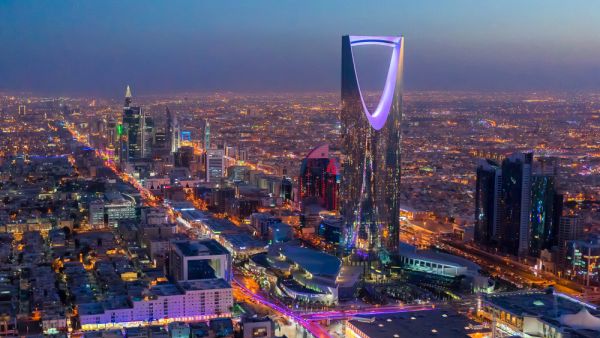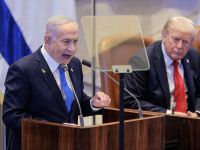Moody's Investors Service has assigned National Scale Ratings (NSRs) for the long- and short-term deposit ratings as well as the long- and short-term Counterparty Risk Ratings (CRRs) of four Saudi banks.
These banks are Bank Al-Jazira (Baa1 negative, baa3), Riyad Bank (A2 negative, baa1), Samba Financial Group (A1 negative, a2) and Saudi British Bank (A1 negative, a3).
This rating action follows the publication of new national scale rating map for the government of Saudi Arabia on October 2, 2020.
NSRs provide a measure of relative creditworthiness within a single country, and are derived from global scale ratings (GSRs) using country-specific maps. NSRs are not intended to rank credits across multiple countries; instead they provide a measure of relative creditworthiness within a single country.
Moody's NSRs are given a two-letter suffix to distinguish them from the agency's Global Scale Ratings. For example, NSRs in Saudi Arabia have the country abbreviation "sa".
Ratings rationale
The rationale and key drivers are presented on a bank by bank basis below.
Bank Al-Jazira (BAJ)
Moody's assigned A3.sa/SA-2 national scale deposit ratings and A2.sa/SA-1 national scale CRRs to BAJ. These ratings are underpinned by the bank's standalone Baseline Credit Assessment (BCA) of baa3 and two notch of government support uplift, which results in a global scale long-term deposit rating of Baa1. The A3.sa is the higher of two NSR categories corresponding to the bank's local currency deposit global scale rating.
BAJ's A3.sa NSR deposit rating reflects the bank's small but growing Islamic banking franchise, improved capitalisation and sound liquidity and funding. These strengths are moderated by pressures on the bank's solvency in the next two years on the back of lower oil prices, reduced government spending and the coronavirus-induced disruption.
Riyad Bank
Moody's assigned Aa2.sa/SA-1 national scale deposit ratings and Aa1.sa/SA-1 national scale CRRs to Riyad Bank. These ratings are underpinned by the bank's global scale long-term deposit rating of A2, which in turn reflects a standalone BCA of baa1 and two notches of government support uplift. The Aa2.sa is the higher of two NSR categories corresponding to the bank's local currency deposit global scale rating.
Riyad Bank's Aa2.sa NSR deposit rating captures its strong capital base, stable deposit-based funding; and resilient profitability, supported by the bank's solid franchise in multiple business lines. These strengths are moderated by the high asset-quality risks we expect in the next two years on the back of lower oil prices, reduced government spending and the coronavirus induced disruption.
Samba Financial Group (Samba)
Moody's assigned Aa1.sa/SA-1 national scale deposit ratings and Aa1.sa/SA-1 national scale CRRs to Samba. These ratings are underpinned by the bank's global scale long-term deposit rating of A1, which in turn reflects a standalone BCA of a2 and one notch of government support uplift. The Aa1.sa is the second highest NSR that can be achieved by any entity in Saudi Arabia and the highest currently assigned to any bank.
Samba's Aa1.sa NSR deposit rating captures its solid funding and liquidity; and strong solvency, with high capital buffers and solid profitability. These strengths are moderated by risks to its asset quality and profitability on the back of lower oil prices, reduced government spending and the coronavirus-induced disruption.
Saudi British Bank (SABB)
Moody's assigned Aa1.sa/SA-1 national scale deposit ratings and Aa1.sa/SA-1 national scale CRRs to SABB. These ratings are underpinned by the bank's standalone BCA of a3 and two notch of government support uplift, which results in a global scale long-term deposit rating of A1. The Aa1.sa is the second highest NSR that can be achieved by any entity in Saudi Arabia and the highest currently assigned to any bank.
SABB's Aa1.sa NSR deposit rating reflects the bank's stable funding and sound liquidity, solid profitability and efficiency as well as strong capitalisation. These strengths are moderated by pressures on the bank's solvency in the next two years on the back of lower oil prices, reduced government spending and the coronavirus-induced disruption.
Factors that could lead to an upgrade or downgrade of the ratings
NSRs for the four Saudi banks will face upward or downward pressure if their corresponding GSRs are upgraded or downgraded, unless this is in conjunction with a recalibration of the national scale with an offsetting impact on NSRs.








